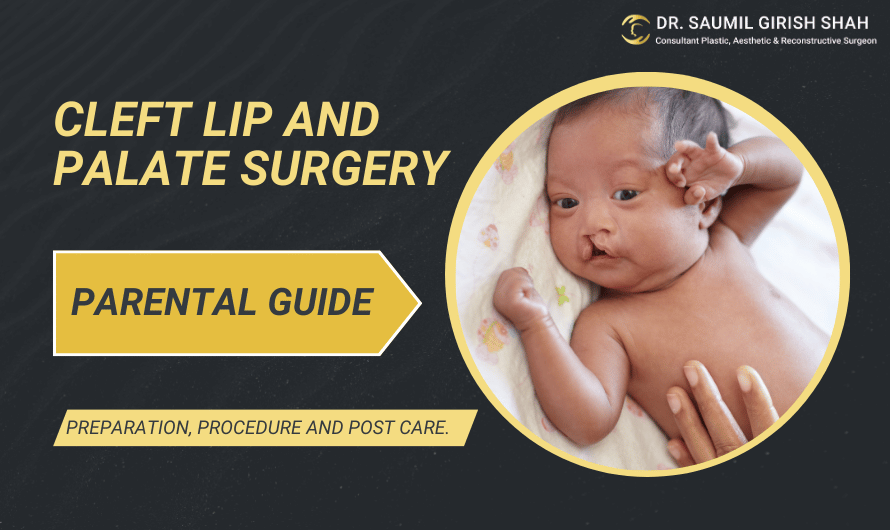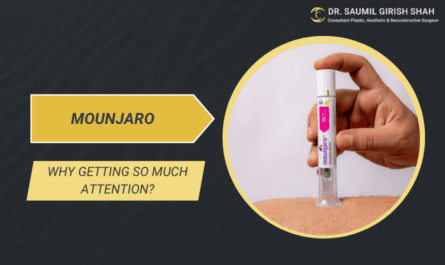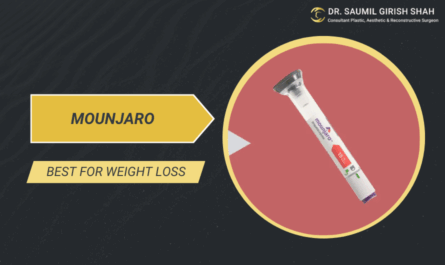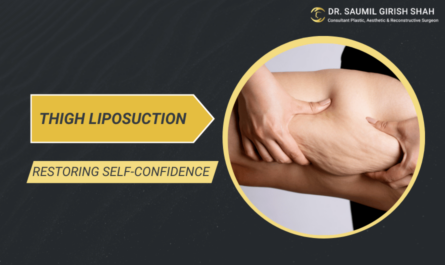Parental Guide to Cleft Lip and Palate Surgery
Understanding Cleft Lip and Palate
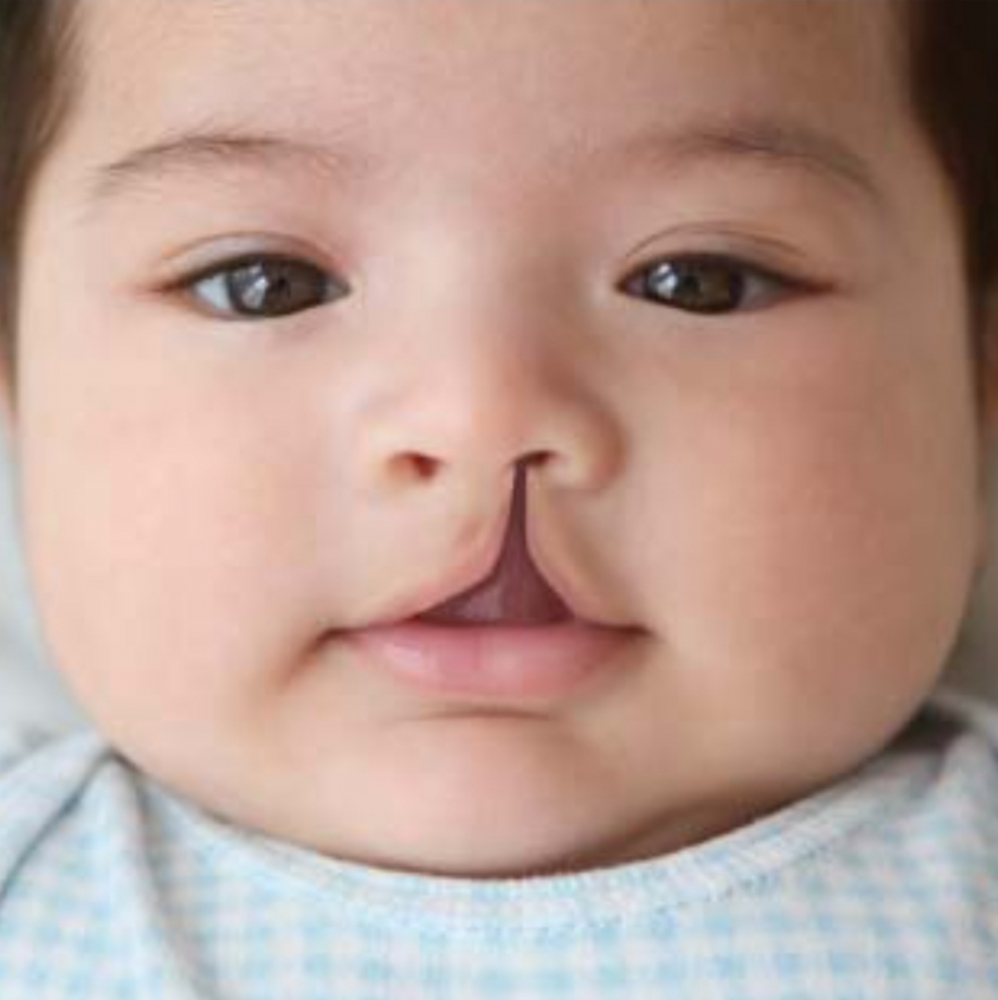
Cleft lip and palate are among the most common congenital abnormalities, affecting about 1 in 700 babies worldwide. These conditions occur when a baby’s lip or mouth does not form properly during pregnancy. A cleft lip is a physical separation of the two sides of the upper lip, and a cleft palate is an opening in the roof of the mouth.
This parental guide provides essential information on cleft lip and palate surgery, including preparation, procedure, and post-operative care.
The Importance of Early Intervention

Early intervention is crucial for children born with cleft lip and/or palate. Surgery not only helps in improving the physical appearance of the child but also aids in vital functions such as feeding, speech, and hearing
Preparing for Surgery
Consultation and Planning
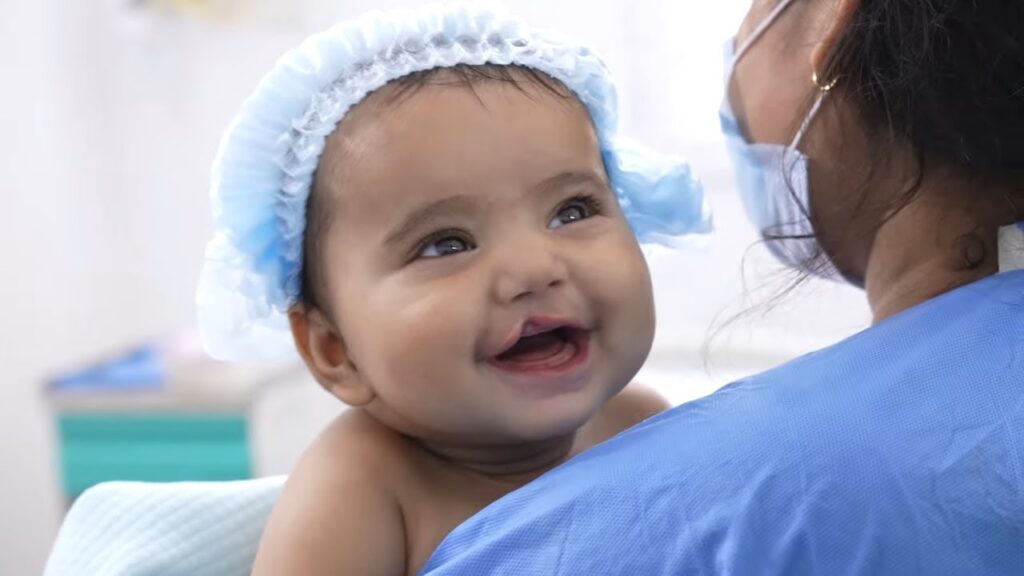
The first step involves meeting with a team of specialists like a plastic surgeon. This multidisciplinary team will develop a comprehensive treatment plan tailored to your child’s needs.
Pre-Surgery Assessments
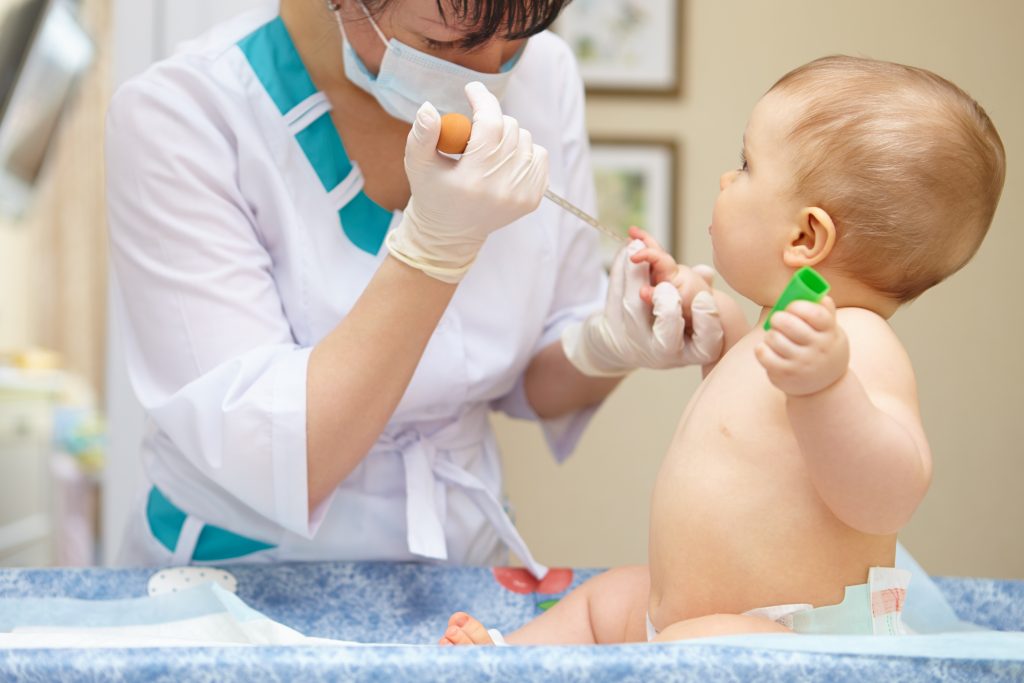
Your child will undergo various assessments, including medical history reviews, physical examinations, and sometimes blood tests, to ensure they are eligible for surgery.
Feeding Techniques
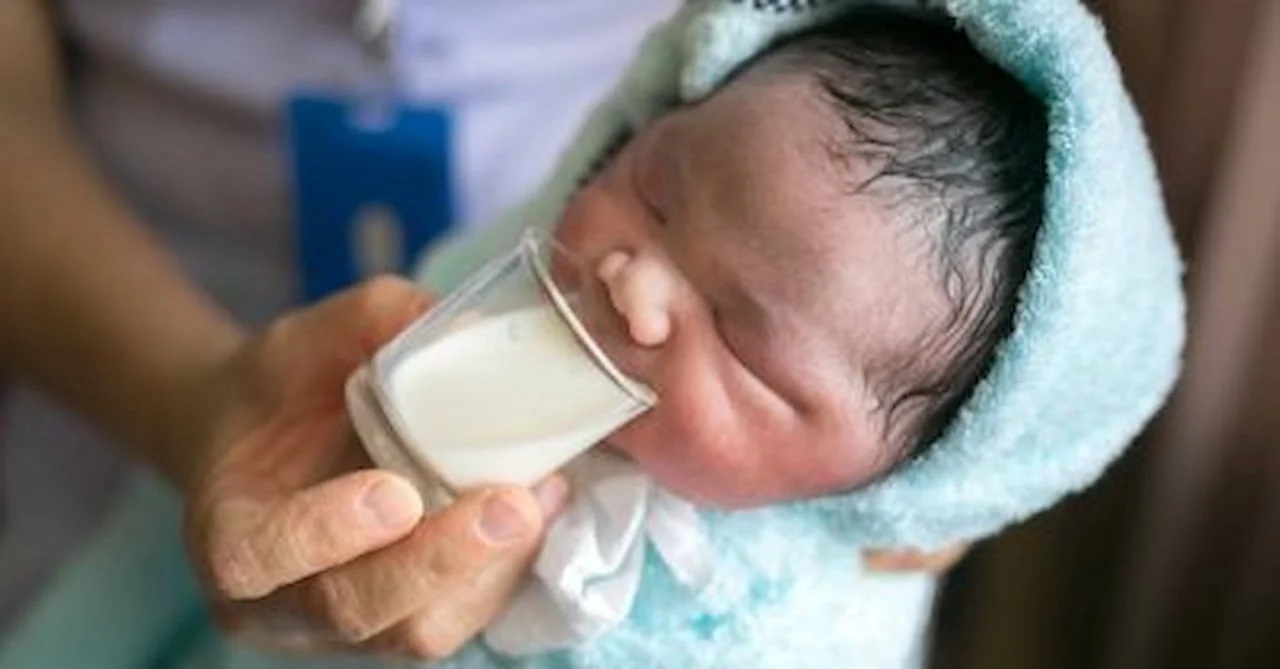
Babies with cleft conditions may have difficulty feeding. Special bottles and nipples can help, and a feeding specialist can provide guidance.
The Surgery
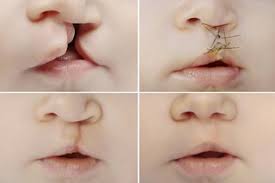
Cleft lip repair is usually performed when the baby is between 3 to 6 months old, while cleft palate repair usually occurs between 9 to 18 months. The surgery is done under general anesthesia. The surgery can take several hours depending on the complexity.
Post-Surgery Care
Hospital Stay
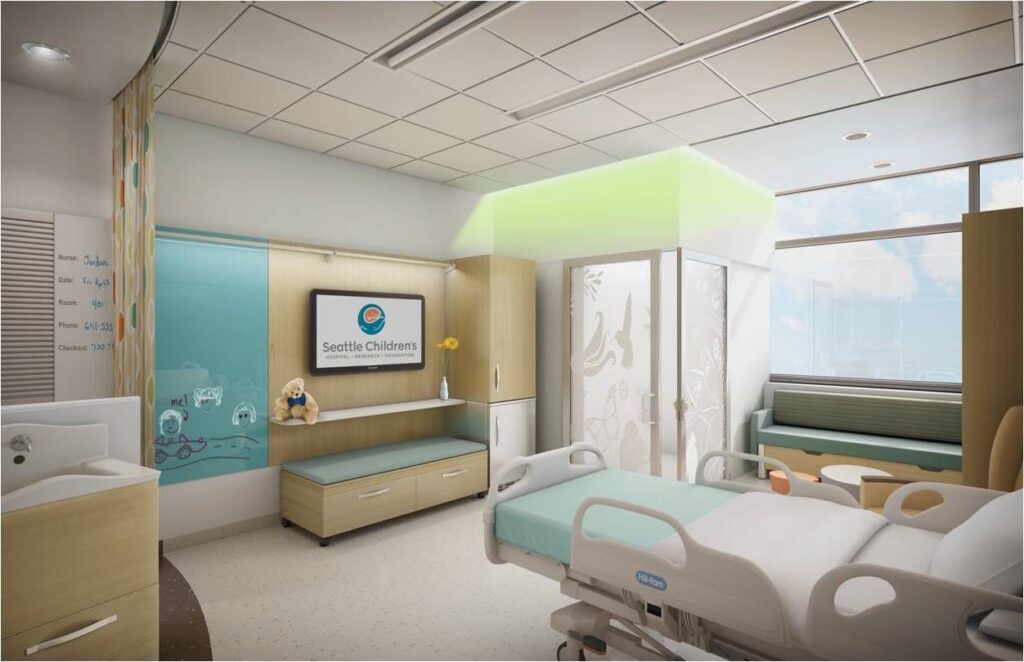
Expect a hospital stay of about 1 to 2 days post-surgery. The medical team will monitor your child’s recovery and manage pain and swelling.
Wound Care

Maintaining the surgical area clean is important. Follow the doctor’s instructions on cleaning the area and administering any prescribed ointments.
Feeding and Nutrition
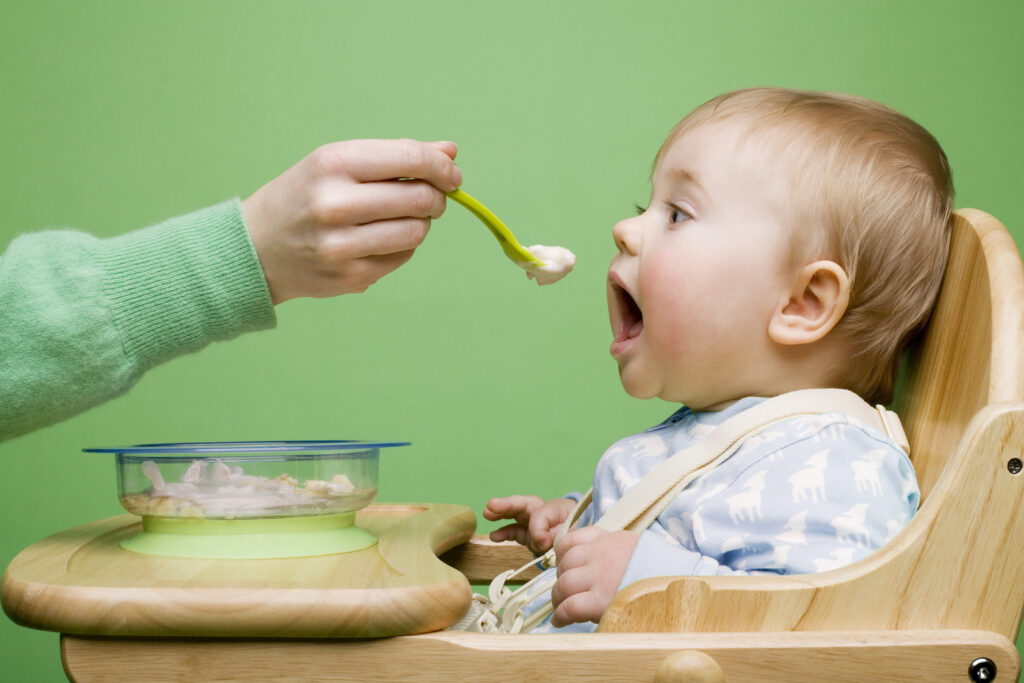
You might need to adjust feeding techniques temporarily. Your doctor will provide specific guidelines.
Activity Restrictions

Limit your child’s activity to prevent any injury to the surgical site. Using arm restraints can help keep your child from touching their face.
Long-term Care and Follow-up
Speech Therapy

Some children may require speech therapy to address any speech issues resulting from the cleft palate.
Dental Care

Regular dental check-ups are essential, as children with cleft conditions are more prone to dental problems.
Additional Surgeries
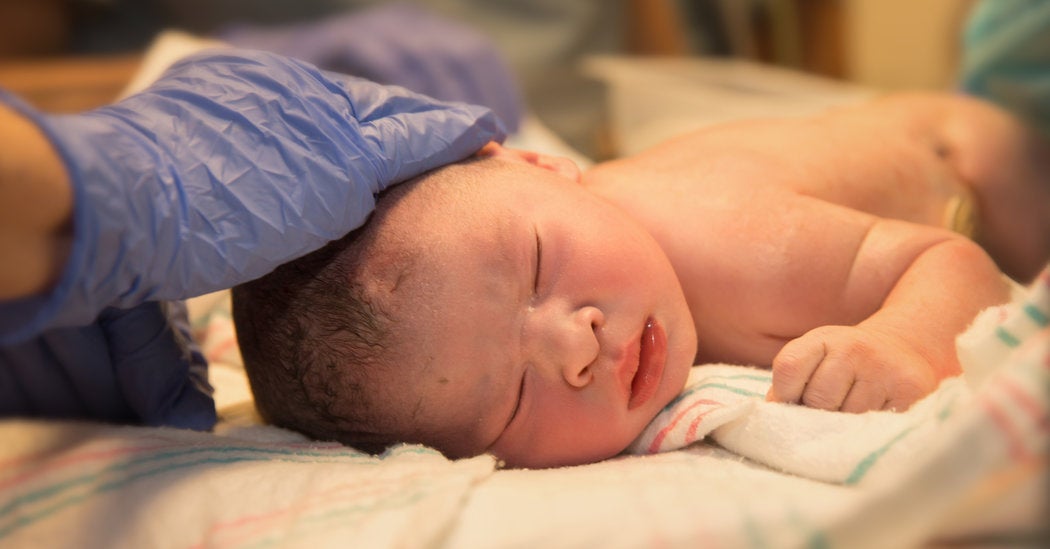
Some children may need additional surgeries for functional or cosmetic reasons as they grow.
Emotional Support

Support your child emotionally as they grow and start school. Educate them about their condition and ensure they understand it’s nothing to be ashamed of.
Conclusion
The journey through cleft lip and palate surgery can be challenging, but with enough medical care, support, and love, children can lead healthy, fulfilling lives. Stay informed, follow your medical team’s advice, and most importantly, provide a nurturing environment for your child to thrive.
Schedule a Consultation with Dr. Saumil Shah

Dr. Saumil Girish Shah, a board-certified Plastic, Aesthetic, and Reconstructive Surgeon, is dedicated to enhancing your beauty and confidence. With extensive training from prestigious institutions like KEM Hospital and Sion Hospital, Dr. Shah specializes in both surgical and non-surgical aesthetic procedures.

